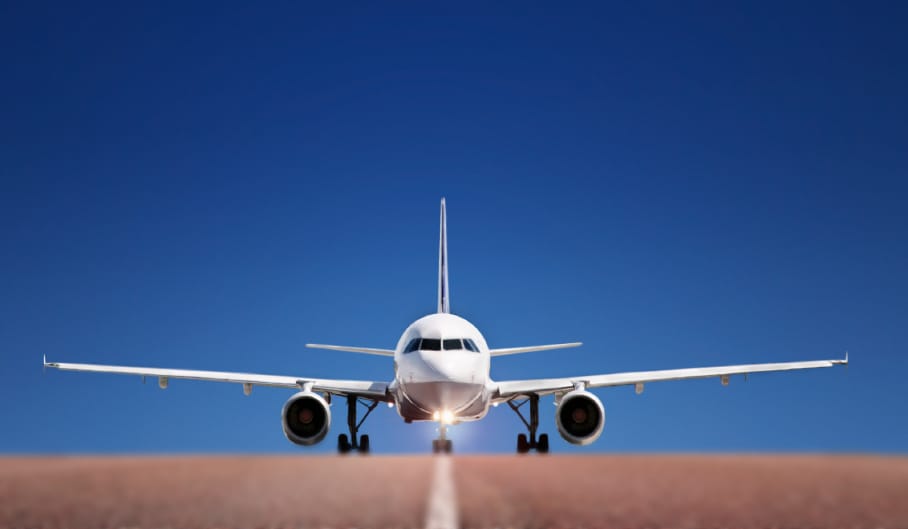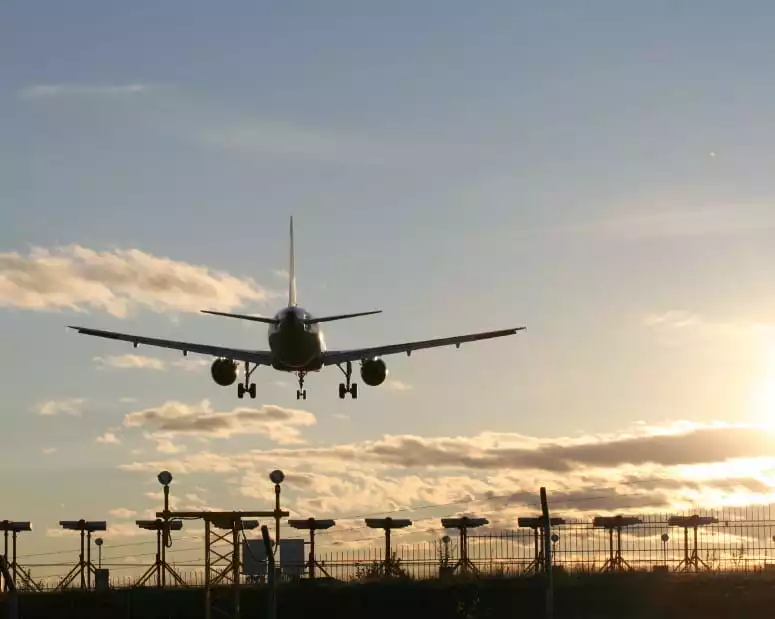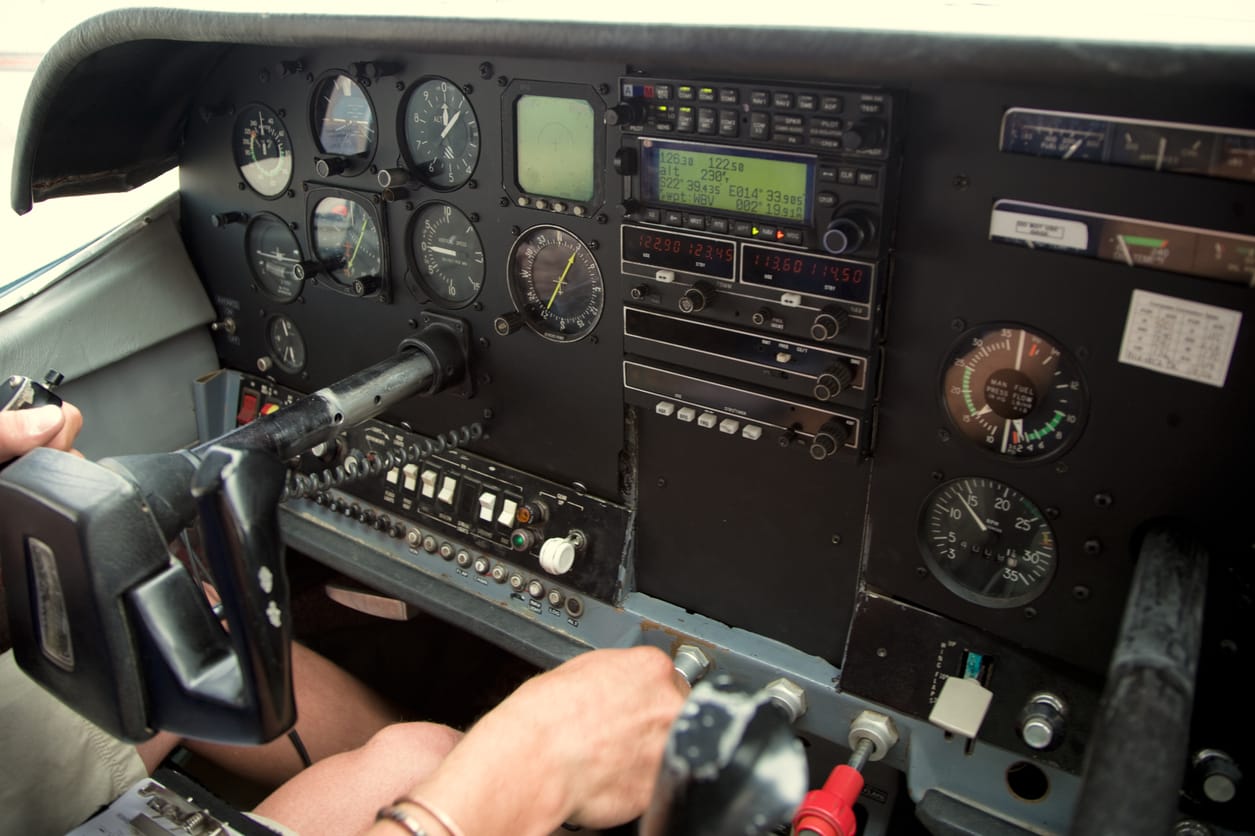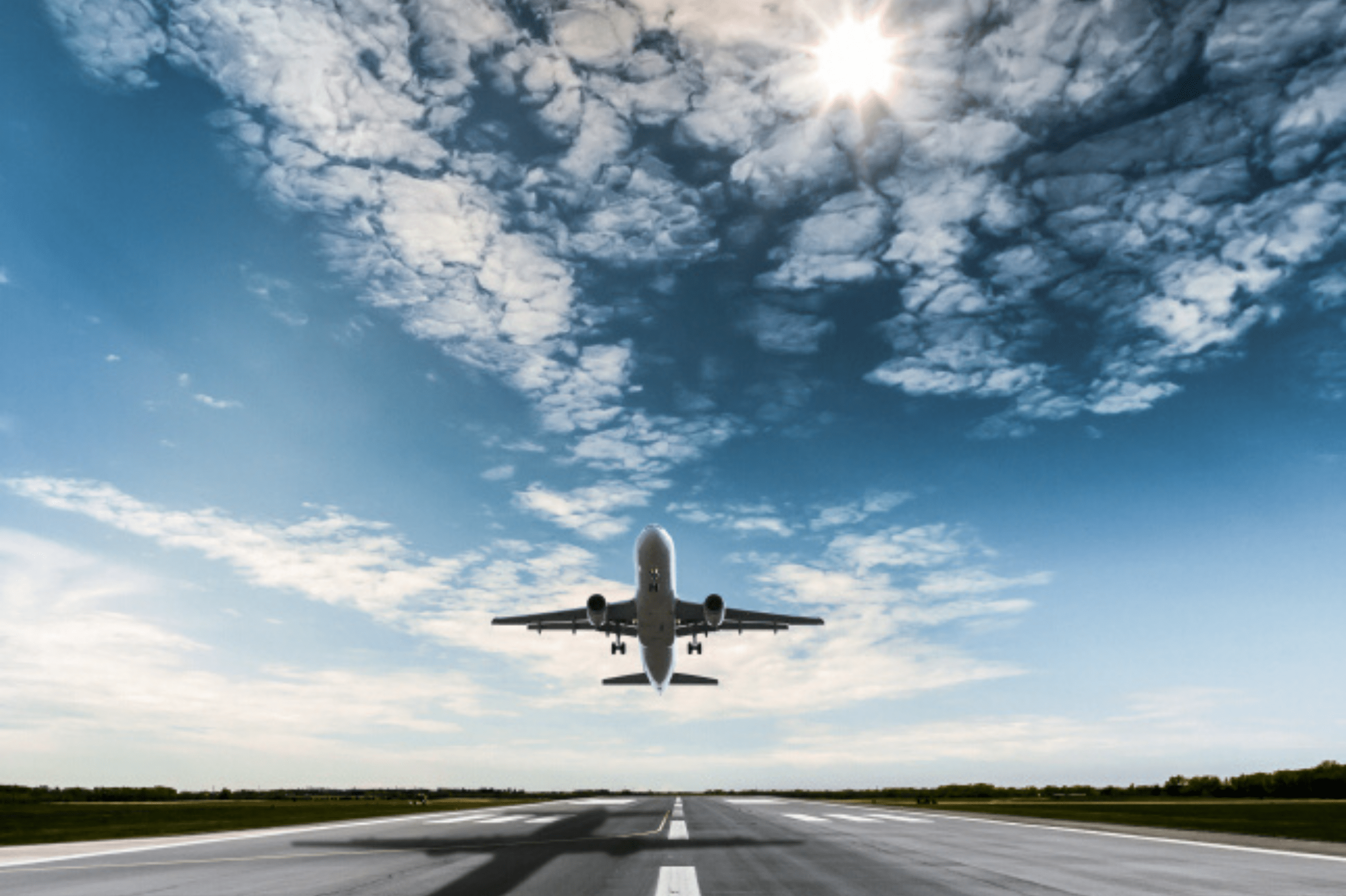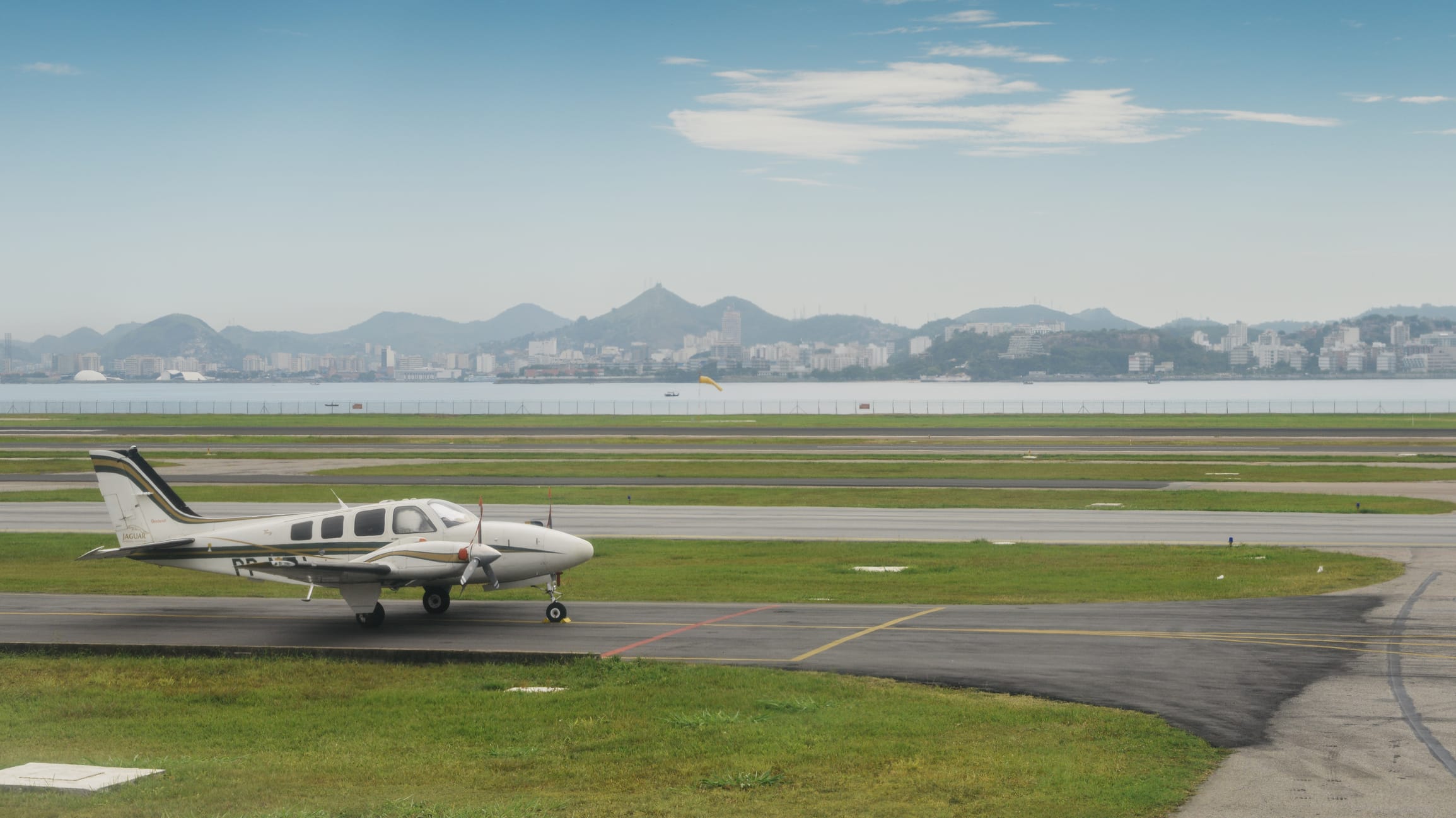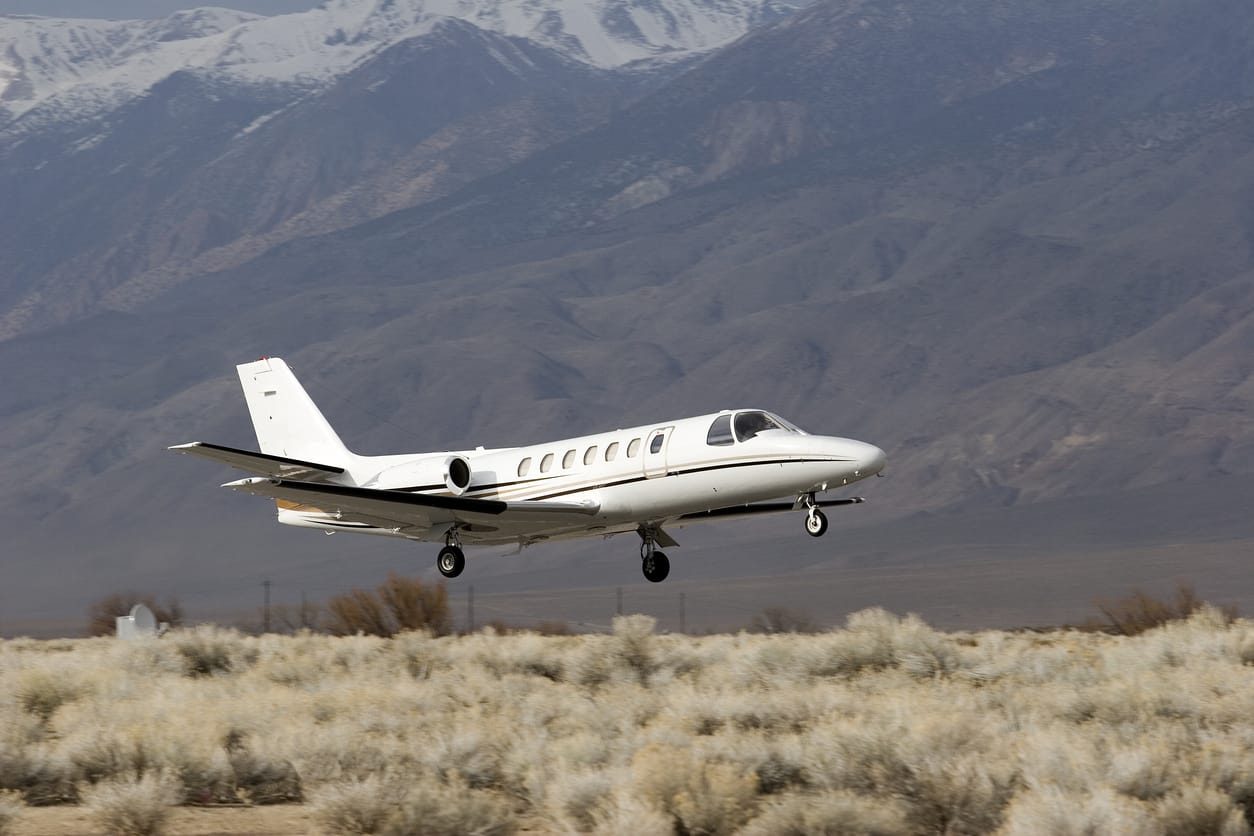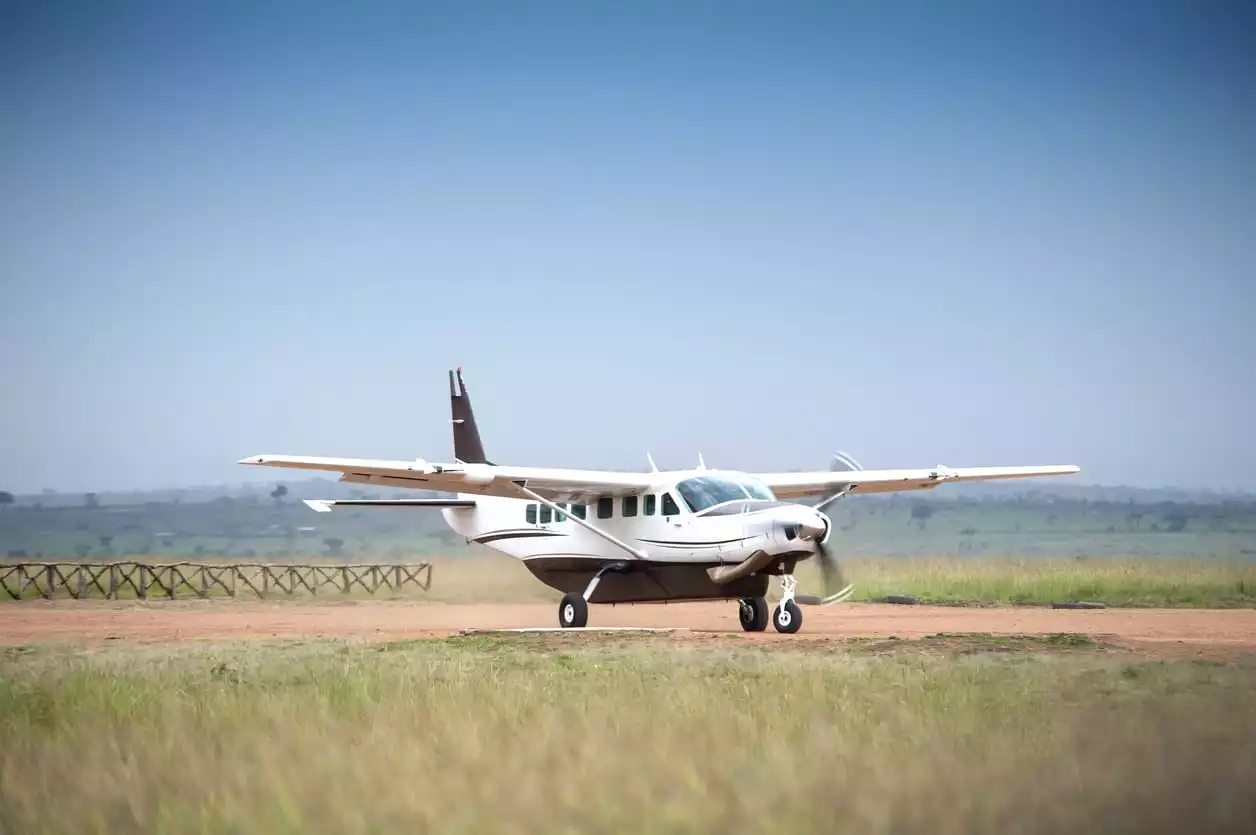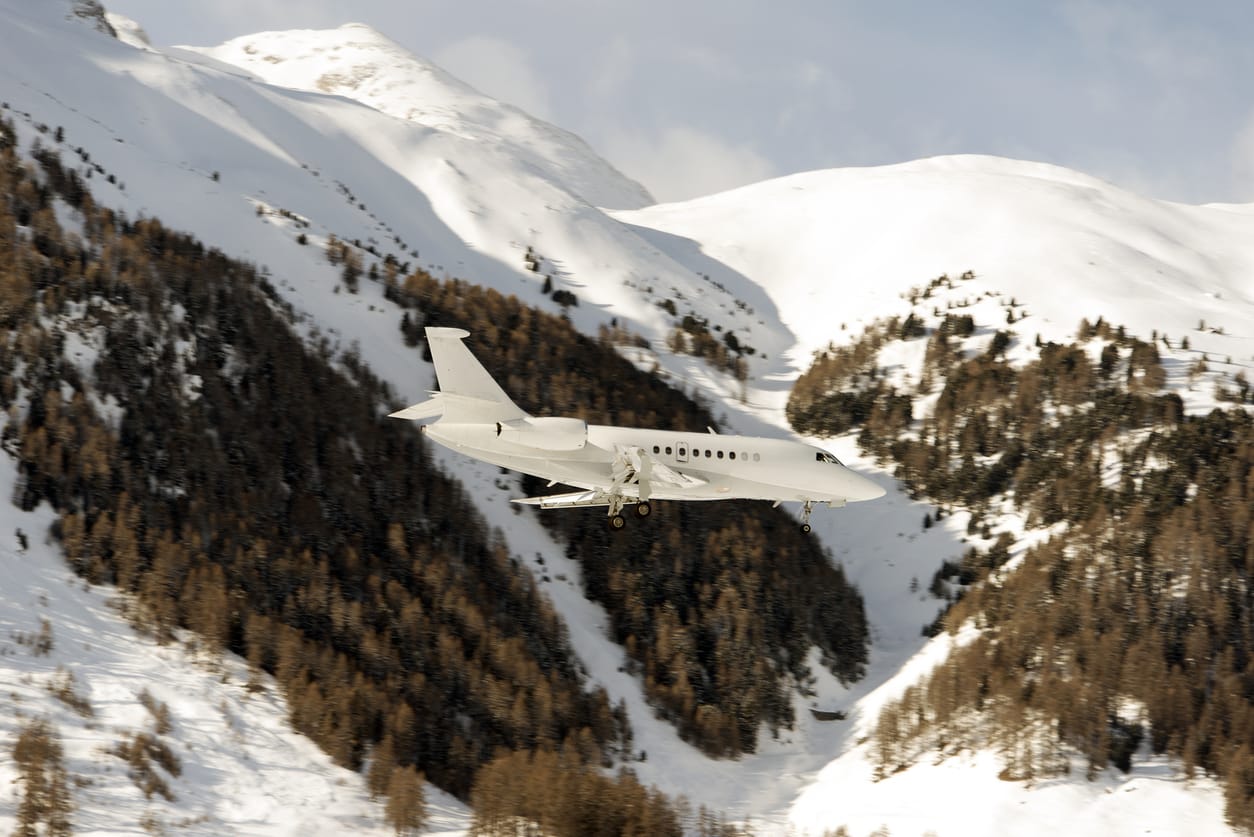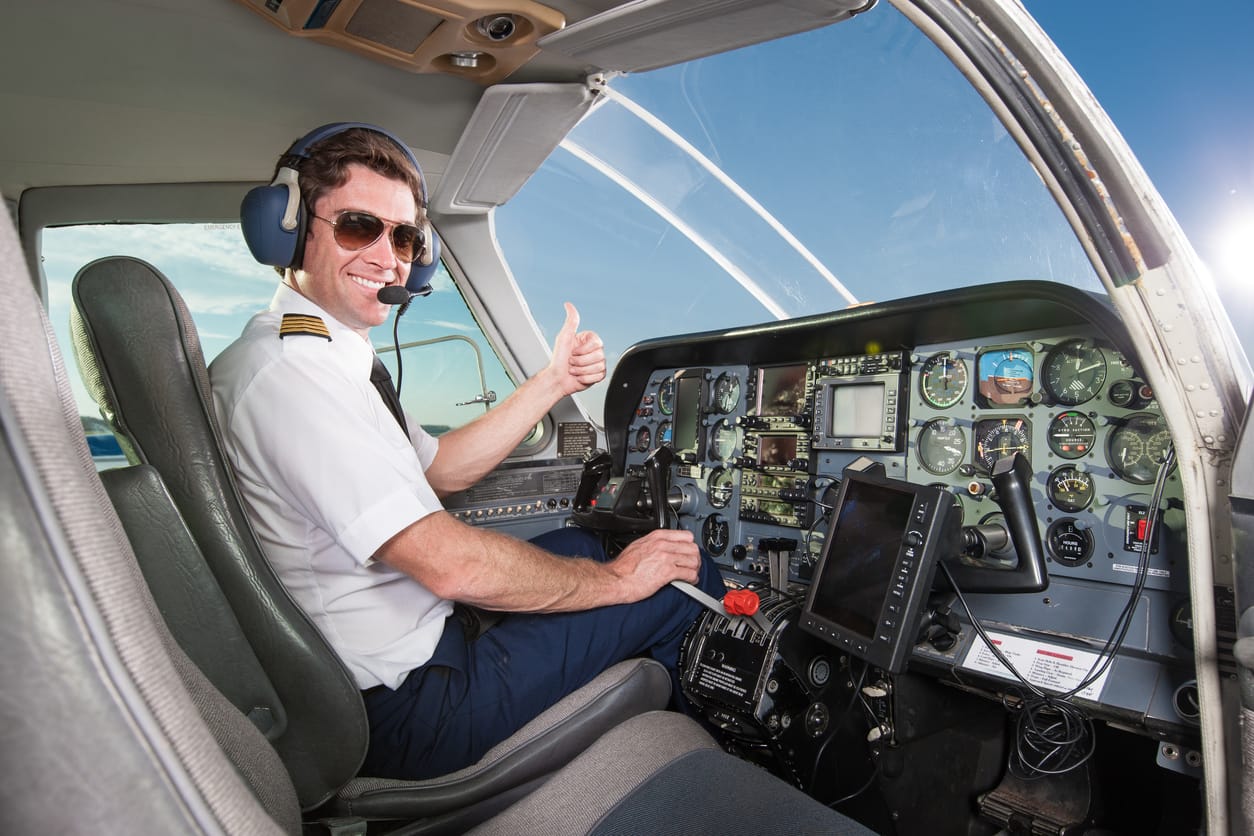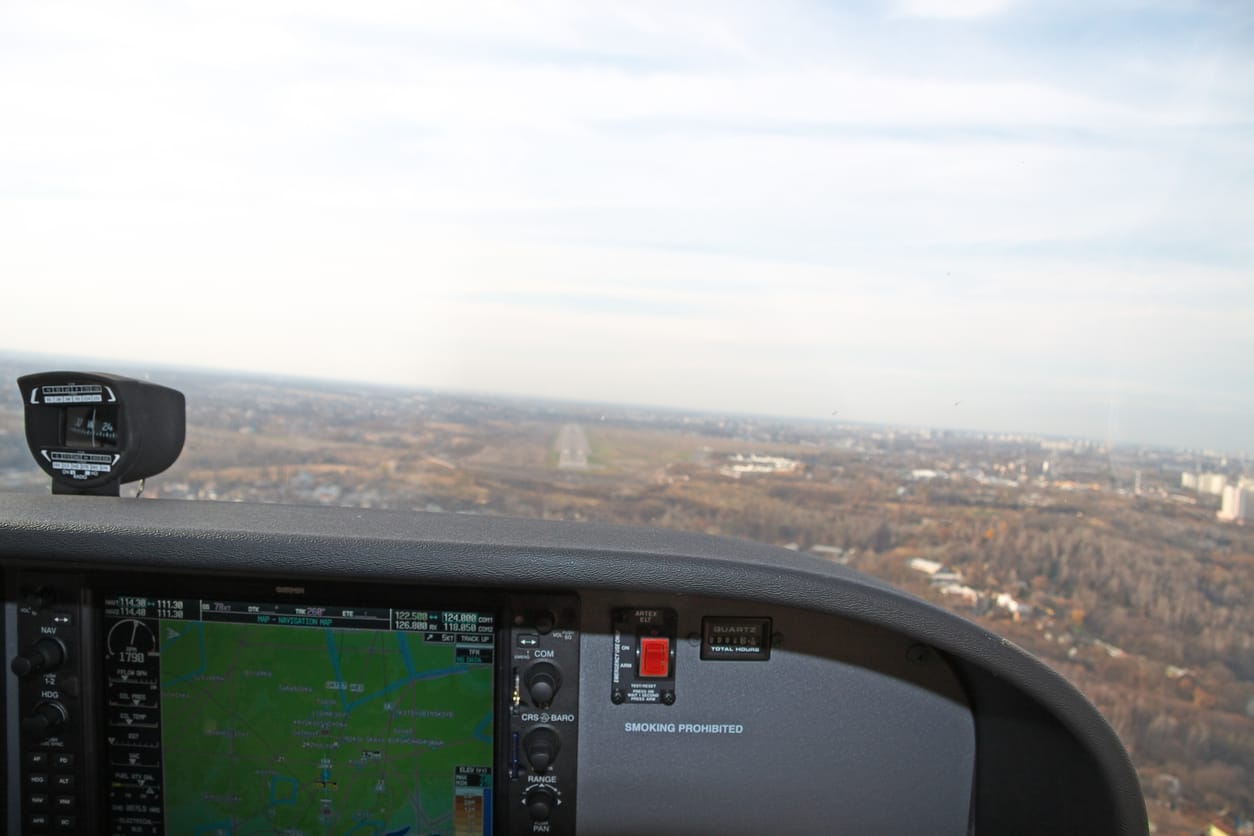Whether you’re sitting in an airport restaurant gazing out at the runway or maybe standing at a small airport with your nose poked through the chain-link fence watching airplane landings and take offs, it’s always thrilling to see an air machine connect with or depart from the pavement. There’s just something special about seeing thousands of pounds of metal (or other components) leap or land safely, taking advantage of travel that depends on the ingenuity of humans like no other. Well, maybe space travel can trump it, but not by much.
From a distance, most airplane landings of similarly-sized airplanes look pretty much the same. The machine comes down at an angle, eventually kissing the pavement and applying the brakes.
However, inside the cockpit, there can be major differences in landing an airplane. Most of these differences depend on the weather, but some landing techniques are modified with respect to the runway or landing area, too, as we’ll see.
In general, the smaller the aircraft, the more things need to be adjusted for wind, water, field length, and field construction. In this article, we will concentrate here on “small” airplanes, typically those that handle between two and six occupants.
Wind Effects on Airplane Landings
The optimal way for an airplane to land is for the nose to be pointing directly into the wind. This way, the pilot does not have to yaw (described below) the airplane to the left or right to keep its flightpath aligned with the runway.
Runway Numbering and the Winds
A runway’s number indicates the direction the runway is aligned with the 360° of the compass. For example, runway 34 is oriented 340°. Runway 28 is oriented 280°.
The fact is, virtually every physical runway is actually two runways because one can take off and land from opposite ends. For example, runway 9 (oriented 090°) is also runway 27 (oriented 270°).
The runway that the captain chooses, or the one that is assigned by air traffic control (ATC), depends on how the winds are blowing. This relates back to always wanting airplane landings to be into the wind.
If the wind is coming directly from 340°, that would be blowing straight down runway 34, and if an airplane were to land on that runway, it would be heading straight into the wind. The captain or ATC would shoot for runway 34. Similarly, airplane landings on runway 17 would be heading 170° “magnetic,” and, one hopes, the wind would be coming from approximately 170° on the compass. That’s all pretty simple, and the airplane landings are very straightforward under these conditions. However, sometimes, the wind is blowing way off the runway heading, and that’s where special techniques come into play.
Crosswind Landings
Imagine an airplane assigned to land runway 36. Optimally, the wind would be blowing straight down the runway from 360° (from due north). But what if the winds were blowing instead from 290° (about from the northwest)? Or maybe 080° (about from the east)? Winds blowing from the side like that are called crosswinds, and they require substantial adjustment of technique, particularly in smaller airplanes.
Here’s the deal: The flightpath of the airplane should be aligned with the runway, whether or not there is a crosswind. If the wind is not blowing straight down the runway, there are two basic techniques the pilot can choose to align the flightpath with the runway.
Ailerons and Rudders
Without getting into a lot of detail, you should know that ailerons enable the airplane to roll. When the pilot deflects the ailerons, the airplane moves in a circular fashion kind of like a ring rolling around her finger. Rudders, on the other hand, enable the airplane to yaw. Yaw is a left-to-right motion, like a finger-wagging back and forth saying “no-no-no.” We’ll talk about ailerons and rudders in just a moment.
The Slipping Landing
This most-common crosswind technique requires the pilot to use the ailerons to roll the aircraft, using the ailerons as far toward the wind direction as possible. The airplane does not roll all the way over, by the way. Then, the pilot deploys the rudder to yaw the physical aircraft’s nose in the opposite direction. This allows both its flightpath and its nose to align directly down the runway.
This produces a “slip,” which, when done correctly, is a very safe and normal way to land the airplane. Technically, this is an “uncoordinated flight” regime, but that’s okay when it is done on purpose.
Just before the airplane touches down on the runway, the airplane is returned to fully-coordinated flight (no slip) so the wheels will be rolling straight upon contact with the pavement.
Once the airplane is on the ground, taxiing methods take over and the specialized technique for airplane landing is over with.
The Coordinated Landing
The less-common crosswind technique involves pointing the nose of the airplane into the wind almost until the airplane reaches the pavement. This looks a little strange particularly in the cockpit because the airplane’s nose is pointed away from the runway and often away from the airport. Still, the airplane itself is actually heading straight for the runway and is aligned with it. Sometimes this freaks passengers out unless they are told to expect it ahead of time.
Just before touching down, the airplane is yawed so that its wheels will spin straight upon contacting the pavement and, as aforementioned, taxiing takes over.
Water (Rain)
This’ll be short and sweet: When a runway is wet or slushy, a common technique is to “fly the airplane all the way to the ground.” What this does is to land the airplane a little harder on the pavement than it would normally touchdown. The advantage of this is that the little splash gets water out of the way and helps keep the airplane from hydroplaning. In hydroplaning, which is bad, an airplane is rolling over a film of water rather than rolling directly on the pavement. This means it could slip.
Although one never lands a car, the same threat of hydroplaning occurs with automobiles. That’s why some more-recently-surfaced freeways (and, I believe, most new freeways), and more-advanced roads, have grooves in them to help reduce the chance of ground traffic hydroplaning.
Runway Length: Short-Field Landings
Particularly-short runways require pilots to use short-field techniques. That’s because it is vitally important to stop the airplane before it runs out of runway and continues into the grass (or whatever) that is beyond the runway’s far end.
Short-field airplane landings is sufficiently-different from a “normal” landing that they are considered a “high-performance” technique.
The pilot will make the approach to the runway much slower and lower than usual. Once the wheels touch the pavement, he or she will apply brakes pretty hard – just less than causing a skid on the runway – and will also pull back on the control wheel or yoke to put the airplane’s downward pressure onto the main wheels rather than on the nose wheel.
All of this gets the airplane stopped in a much shorter distance than in a “normal” airplane landings.
Runway Surface: Soft-Field Landings
If an airplane is about to land on a surface other than a hard one such as asphalt or concrete or even very hard-packed dirt, another technique is used to help ensure that the nose wheel does not drop into a rut or push down into the soft grass or snow and cause the airplane to flip over or become otherwise uncoordinated on the ground. These types of airplane landings are called a soft-field landing. This is one of the “high-performance” airplane techniques in aviation.
Not only does the pilot approach the runway somewhat more slowly, but he or she will touchdown at a very slow airspeed. Also, the pilot will pull back on the yoke so that the airplane does a wheelie! That’s right, the nose wheel is held off as long as possible while the airplane rolls down the runway and slows down. Only after the nose wheel cannot be held off the runway anymore will it settle down and the pilot may or may not apply the brakes, depending on how much runway is remaining.
Taxiing an airplane on a soft field is also different. The airplane will pull all the way back on the control yoke, again to reduce any downward pressure on the nose wheel. Also, the pilot will generally move more slowly and will avoid using the brakes unless absolutely necessary. All of this protects the airplane from dipping the nose downward and possibly bending metal or flipping over.
In flight training, this technique is taught until the pilot becomes really proficient, so there’s virtually nothing to worry about if you’re a passenger and the pilot needs to use the soft-field technique.
It Ain’t Over Until … It’s Over
While airplane landings are the most typical way passengers “judge” a pilot’s capabilities, the vicissitudes of winds, runway length (and debris), and a million other factors affect airplane landings. They are all unique. Every pilot greases some of them (that’s a pilot’s way of describing a very smooth landing), and every pilot bounces sometimes.
There’s a saw in aviation: A safe landing is anyone from which you can walk away. If you can do that, then there’s still the taxi, parking, and locking everything up.
Once that’s complete, you’re back on terra firma, presumably looking forward to your next excursion into the skies.
Ready to soar in your aviation career?
Mr. Matthew A. Johnston has over 23 years of experience serving various roles in education and is currently serving as the President of California Aeronautical University. He maintains memberships and is a supporting participant with several aviation promoting and advocacy associations including University Aviation Association (UAA), Regional Airline Association (RAA), AOPA, NBAA, and EAA with the Young Eagles program. He is proud of his collaboration with airlines, aviation businesses and individual aviation professionals who are working with him to develop California Aeronautical University as a leader in educating aviation professionals.
